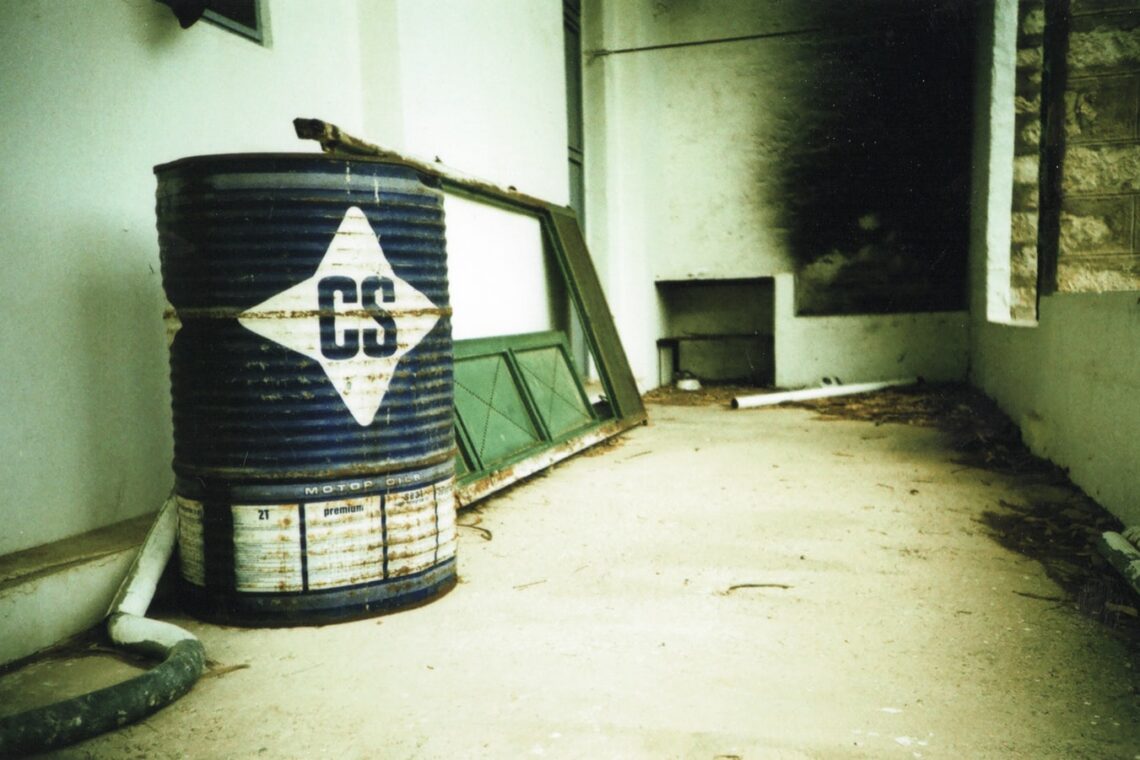
Will Rising Oil Prices Drive Up Automotive Paint Costs?
Published in AutoInc.
A handful of companies in the lubricant industry have announced price increases, the third round since December 2020, and the major players in the industry are likely to follow suit quickly. “This is industry wide,” Chevron’s Jason Thomas shared during ASA’s March 9th Breaking News segment: The Oil Market is Shifting.
The cause for these continuing price shifts can be attributed to rising costs of raw materials; in addition to increased pricing for base oil, the cost of packaging and transportation have increased, along with the cost of the metal used to create storage drums. While mechanical shops may contend with increases quicker than auto body shops, there’s no denying that the collision repair industry will soon share the pain – in their wallets.
Although he declined to comment on how the current oil price increases have impacted AkzoNobel’s paint prices so far, John Eubanks, Regional Marketing Manager for AkzoNobel Automotive and Specialty Coatings, acknowledged, “All coating components, like solvents and resins, are oil or natural gas based. About two-thirds of what’s inside a can of paint consist of those two constituents.”
Eubanks also confirmed that the company has seen price increases on other materials required to manufacture their products, and he agreed that the collision repair industry can anticipate additional impacts on the cost of paints and clearcoats in 2021, resulting from inflated base oil prices.
Inflated paint costs are nothing new; they have plagued the industry for years, most frequently resulting from increases in raw material costs. When PPG announced a global price increase in October 2018, Rebecca Liebert, senior vice president of automotive coatings for PPG, said, “While PPG remains aggressive in its efforts to control expenses, we have experienced continued and unprecedented cost pressures in raw materials, freight, distribution and labor, across every region.”
Axalta Coatings System followed suit the next month, only after taking “every practical step to minimise the unparalleled impact that higher raw material costs have had on our Transportation business globally,” Steven R. Markevich, Axalta Executive Vice President and President, Transportation Coatings and Greater China, said at the time.
Just last month, BASF announced price increases for all acrylic and styrene acrylic dispersions and resins “across all markets served in North America by $0.08/lb. This increase is driven by continued and rapid escalation of raw material costs, their availability, and increased manufacturing costs,” according to a press release issued by the company on February 12, 2021. This announcement followed increases on 1,4- Butanediol (BDO) and derivatives, as well as select polyetheramine products, that were effective on January 1.
While it’s difficult to predict the future, all the evidence points toward increased costs for collision repair facilities on their solvent-based and resin products, and with the value of other raw materials as well as the price of shipping and transportation on the rise, many shops have already begun to see the effects of these increases in other materials. Historically, when raw material costs increase, that inflation is passed on to the consumer through the products sold. But first, it has to be conveyed to the manufacturers and the businesses they sell to.
“Each time history repeats itself, the price goes up.” – Ronald Wright, “A Short History of Progress”
A shop owner in Wilmington, Delaware, who sprays with Sherwin-Williams waterborne paints, has not yet seen any “significant” increases in paint prices; however, he agrees that shipping rates are up and also notes that the price of his booth filters have increased by 75%, due to the recent inflation of fiberglass cost.
Brandon Knowles, owner of Brand-X Customs in Everett, Washington, confirmed that he has seen price increases on a variety of materials recently. Some items are related to the ongoing pandemic – the price of gloves, masks and respirators have increased four times in the past year, he said. “My paints and clearcoats have definitely gone up in cost – but everything has gone up, so it’s not a big surprise. This has been going on for years; prices on a lot of my materials have doubled in the past five years, and I’m sure they’ll continue climbing as long as the price of raw materials do.”
Predictably, the biggest cost increase Knowles has seen recently is related to transportation. “Shipping costs have gone up drastically. Parts that were being delivered for $120 just six months ago are costing over $200 now. I expect to see more of those increases because we’re paying for fuel; here, our gas has gone up 70 cents a gallon in the past couple months.”
Because raw materials are used in so many products, Foley & Lardner LLP warned that “volatility and price fluctuations in raw material markets can have a cascading effect across the supply chain… Companies should remain cognizant of the challenges that lie ahead, particularly in the raw material market. Although there is tremendous reason to be hopeful as we enter the New Year, the effects of 2020 are sure to carry forward into 2021 as these higher cost raw materials are used in production, and likely beyond.” source
Stay tuned to AutoInc. for more news that affects your bottom line.




